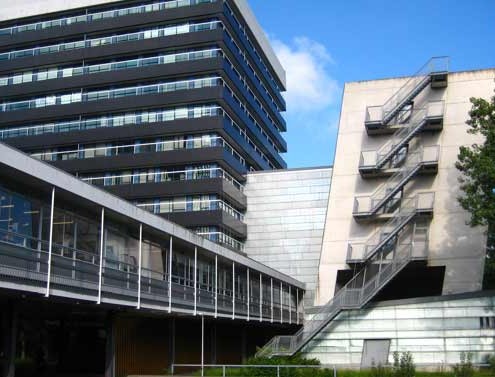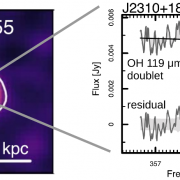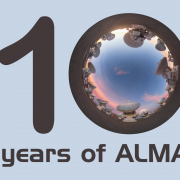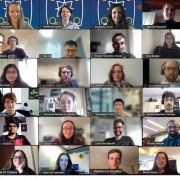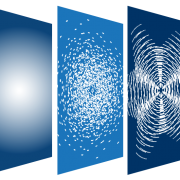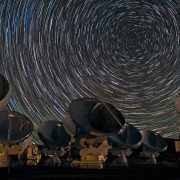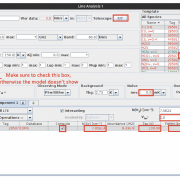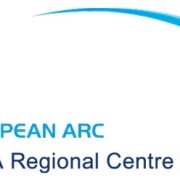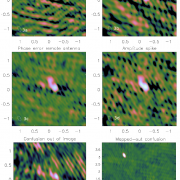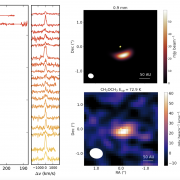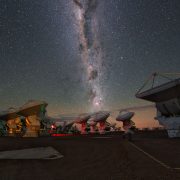Allegro announces the 6th Netherlands ALMA Science Day, that will take place in person at Leiden Observatory on Thursday, December 8, 2022. At the Science Day, we will highlight the latest scientific results obtained with ALMA by the Netherlands astronomical community. The meeting will also allow ample time to discuss user experiences and other ALMA related topics. Registration for contributed talks is now open (deadline: Nov. 25, 2022) and we welcome contributions in all science areas.
Following the Science Day, on Friday, December 9, 2022, we will also host an introductory ALMA Data Reduction Training Day. At this workshop, Allegro fellows will introduce CASA and ALMA data reduction techniques, share tips & tricks, and offer hands-on training in exploring the ALMA archive, self-calibration, imaging, and data analysis.
6th Netherlands ALMA Science Day
Dec. 8, 2022 |
| Session I (Chair: Ashley Bemis) |
| 1000-1005 |
Welcome (Allegro) |
| 1005-1020 |
Joshua Butterworth (Leiden) |
Understanding if molecular ratios can be used as diagnostics of AGN and starburst activity: The case of NGC 1068 |
| 1020-1035 |
Ko-Yun (Monica) Huang (Leiden) |
Reconstruct shock history in NGC 253 with ALCHEMI |
| 1035-1050 |
Mathilde Bouvier (Leiden) |
Sulphur-bearing species in NGC 253: what do they trace? |
| 1050-1105 |
Ian Roberts (Leiden) |
Gas Compression from Ram Pressure in Nearby Cluster Galaxies |
| 1105-1120 |
Raffaella Morganti (ASTRON, Groningen) |
On-going feeding of the radio galaxy 3C84 |
| 1120-1145 |
Gergö Popping (ESO) |
The latest from ALMA |
| 1145-1205 |
ALMA Q&A and discussion |
| 1205-1300 |
Lunch |
| Session II (Chair: Alex Hygate) |
| 1300-1330 |
Rychard Bouwens (Leiden) |
The REBELS Large Program |
| 1330-1345 |
Ivana van Leeuwen (Leiden) |
Dust-obscured star formation at z ∼ 6 from [CII] selected companion galaxies |
| 1345-1400 |
Violeta Gamez Rosas (Leiden) |
Kinematics of the molecular torus in NGC 1068 |
| 1400-1415 |
Di Wen (Groningen) |
Testing Primordial Black Hole Dark Matter with ALMA Observations of Strong Gravitational Lensing |
| 1415-1430 |
Hector Olivares (Nijmegen) |
Black hole physics and the Event Horizon Telescope |
| 1430-1445 |
Short break |
| Session III (Chair: Aida Ahmadi) |
| 1445-1500 |
Margot Leemker (Leiden) |
Hot or cold: finding the temperatures in transition disks using ALMA |
| 1500-1515 |
Logan Francis (Leiden) |
Accretion Burst Echoes as Probes of Protostellar Environments and Episodic Mass Assembly |
| 1515-1530 |
Milou Temmink (Leiden) |
Investigating the Cold Chemistry in the Asymmetric Disk of HD 142527 |
| 1530-1545 |
Lucas Stapper (Leiden) |
Herbig disks: flat vs flared, really? |
| 1600 |
End of meeting |
Directions to Leiden Observatory
The address of Leiden Observatory is Niels Bohrweg 2, 2333 CA Leiden. Note that this is not the old observatory in the center of Leiden. Instructions on how to get to Leiden Observatory, including transportation from Schiphol Airport or the central trains station, can be found here. Leiden Observatory is located on the 4-5th floors of the Oort building (seen on the right in the photo below), and the Huygens building (the taller building seen on the left in the photo below). Allegro offices are located on the 11th floor of the Huygens building.
The Science Day will take place in room HL 414 on the 4th floor of the Huygens building. We will have signs and there is also a reception at the entrance of the building where they can provide you with directions.
For those joining us online, connection details will be sent to you by email before the start of the event.
